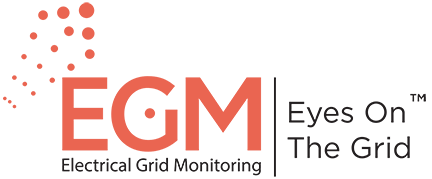Impact Investing happens when capital owners invest their capital into companies that contribute to the greater good, thus having the fruits of their investment take shape not only in larger capital but also in promoting general welfare. The most common impact investment usually relates to environmental or social benefits that derive from the technology of the company invested in.
In the current business world with the notion of corporate responsibility and environmental awareness, it was only natural and logical that renewable energy has become a target for many impact investors. Investors want to be identified with expressed principles and ideals, and associated with companies that promote such ideals.
One example of impact investment is investing in EGM. The distributed energy resources management (DERM) performed by EGM’s system is path breaking technology, the kind of which impact investors are looking for.
By increasing the reliance on renewable energy by using EGM’s system, investors stood up to the challenge and created more than just capital growth on their investment, they found a measurable way that demonstrates the savings in electric bill to the consumer on the one hand, and reduces greenhouse emission on the other hand. Thus, in addition reduce indirect losses to the general economy.
Reliance on renewable energy can be effective if it combines several different sources of such energy, and such combination can succeed only through a digital, dynamic and adaptive grid – exactly what EGM’s technology is designed to do. EGM’s technology could be considered as “impact technology” – a technology that in and of itself promotes environmental protection and contributes to the reliability reliance on renewable energy.
